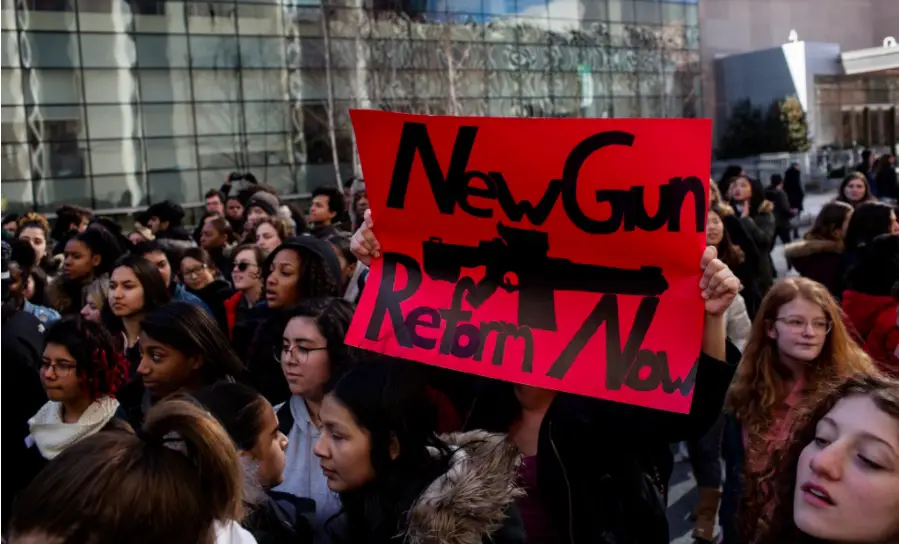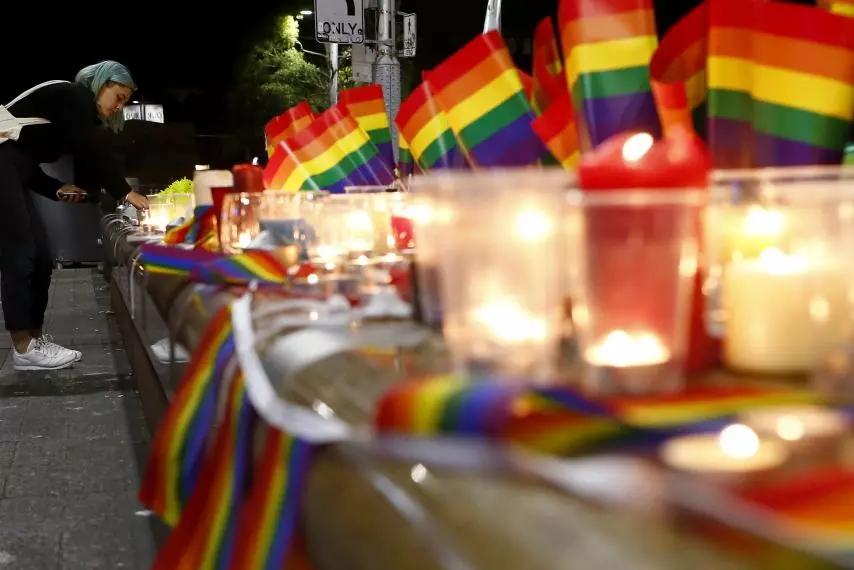Typically, the week before spring break has students slacking and cramming for midterms. Yet, this year, students across the country were preparing for “The March for Our Lives” after 17 staff and students lost their lives Parkland, Florida. Across the country students, have participated in protests and walkouts saying, “Never Again.”
Despite all the momentum, the Parkland shooting sparked on social media, gaining the attention of legislatures, Wal-Mart Boycotts and shaming the NRA school shootings persist.
According to the New York Times, Florida passed a gun control bill was signed March 10 and “would raise the minimum age to purchase any firearm to 21 from 18; impose a three-day waiting period on gun purchases; fund school police officers and mental health counselors; and allow local school districts and sheriffs to arm certain school personnel. It would also ban so-called bump stocks, which make guns’ fire faster, and give law enforcement more power to commit people deemed a threat.”
After the governor signed the bill, the NRA took action to sue Florida for raising the legal age to purchase a gun, maintaining that it infringes on second amendment rights.
Three days before the bill was passed the passed in Florida, three students were shot on campuses across the country. On March 7, in Birmingham, Alabama one Huffman High School student was killed, and another student critically wounded from an accidental shooting.
At Jackson State University in Jackson, Mississippi, another student was shot inside a dormitory; fortunately, his injuries were not life-threatening. However, earlier that week, a student shot his parents to death in a dormitory at Central Michigan University. According to CNN, there have been 14 school shootings this year; one school shooting a week.
Legislation and activism are a start, but no one can find a guaranteed resolution as of right now. For example, many people, including President Trump, believe that arming teachers is the solution.
However, students disagree on this idea, stating that this practice would likely not end well. According to them, Trump’s solution would only put more deadly weapons in classrooms, leading to more accidents or unstable teachers legally having access to a weapon with students.
….History shows that a school shooting lasts, on average, 3 minutes. It takes police & first responders approximately 5 to 8 minutes to get to site of crime. Highly trained, gun adept, teachers/coaches would solve the problem instantly, before police arrive. GREAT DETERRENT!
— Donald J. Trump (@realDonaldTrump) February 22, 2018
….If a potential “sicko shooter” knows that a school has a large number of very weapons talented teachers (and others) who will be instantly shooting, the sicko will NEVER attack that school. Cowards won’t go there…problem solved. Must be offensive, defense alone won’t work!
— Donald J. Trump (@realDonaldTrump) February 22, 2018
According to NBC News, the new bill would “also would create a so-called guardian program that would let some school employees and teachers carry handguns if they go through law enforcement training and if the school district decides to participate in the program.”
As of now, this is already allowed in the states of Wyoming, South Dakota, Tennessee, Georgia, Kansas and Texas.
The idea of arming teachers came after the 2007 Virginia Tech Massacre, where a senior killed 32 people in a shooting rampage in classrooms and shot two people in a dorm with a 9-millimeter handgun, a 22-caliber handgun and hundreds of rounds of ammunition.
With these many factors to consider, experts are still wondering what the best course of action is for student’s safety. However, the time has come to stop asking experts or politicians what is best for students.
The question we should be asking is “what do students think is best for their own safety?” University of Texas students have already expressed that more guns are not the solution when they campaigned against campus carry using the slogan, “Cocks not Glocks.”
Texas students gave out free dildos to point out the idiocracy that it is illegal to carry a dildo in public, but legally you can carry a deadly weapon around. In addition, University of Texas has another campaign titled “Gun Free UT.”
The Florida survivors don’t believe arming teachers is the answer. According to the March For Our Lives petition, students are demanding to ban the sale of assault weapons, high-capacity magazines and to close the loophole in background checks. Critically, assault weapons were used in 7 of the 10 deadliest shootings in the last decade.
For all of those looking to make an impact in the gun control debate, the official March for Our Lives is on March 24 on Capitol Hill.

















